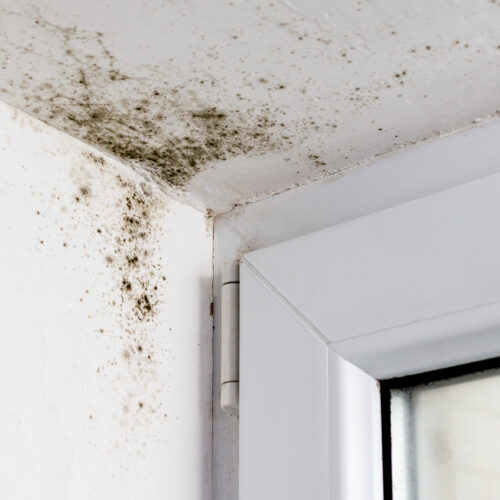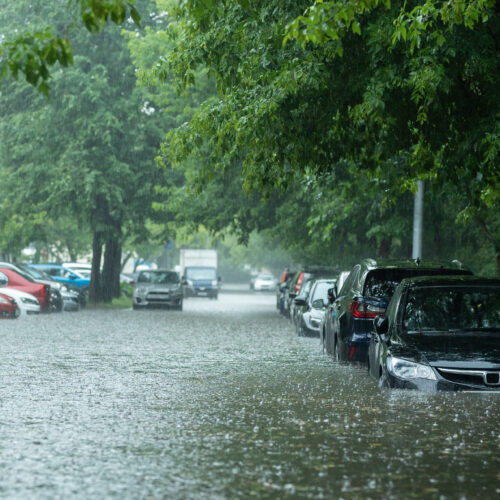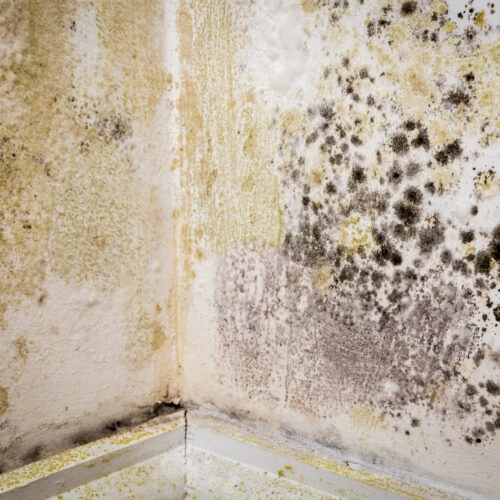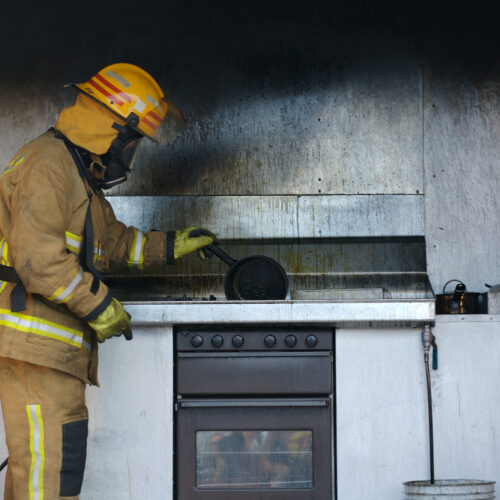September 11th, 2023 | Disaster Restoration
Choosing the Right Disaster Restoration Chemicals: A Buyers Guide
Disaster restoration professionals are the unsung heroes who come to the rescue when disaster strikes. Whether it’s a flood, fire, mould infestation, or any other disaster, their expertise is crucial in restoring damaged properties to their former glory. One of the most critical aspects of their job is selecting the right disaster restoration chemicals. In this buyer’s guide, we’ll explore the key factors and considerations that should guide disaster restoration professionals when choosing the right chemicals for their projects. Actichem, a trusted name in the industry, offers a wide range of solutions, and we’ll delve into why they are a top choice.
Restoration chemicals are the lifeblood of disaster restoration professionals. They play a pivotal role in cleaning, decontaminating, and restoring properties that have been ravaged by various disasters. These chemicals are specifically formulated to address the unique challenges posed by different types of disasters. The right selection can make the difference between a successful restoration and one that falls short of expectations.
Different disasters require different chemical solutions. For example, water-based disasters like floods or burst pipes may necessitate pathogen control and mould prevention chemicals. Meanwhile, fire damage restoration may require soot and smoke odour removers. Ensure you know the detail of what you are dealing with to determine the appropriate chemicals.
When using multiple chemicals on a restoration project, compatibility is crucial. Ensure that the chemicals you select work well together and won’t produce harmful reactions. Actichem offers a range of products designed to work cohesively, reducing the risk of unintended chemical reactions.
Restoration scenarios are complex, with many different processes required on a wide variety of substrates. Is the surface horizontal, vertical or above? Is the surface natural stone, masonry, plasterboard, steel etc. Is it porous or non-porous? Is it sensitive to chemicals? Ensure that you know the characteristics of each surface involved to prevent damage and maximise cleaning and disinfection efficacy.
Restoration professionals recognise the need for safety on every job. Three key risk categories exist, firstly the resultant residues of the disaster which could include pathogens or smoke contaminants etc. Secondly, the process used. And thirdly, the chemicals. Understanding the risk is the first step to safety. Using professional Actichem chemistry fit for purpose and with clear use guidelines is a vital component of creating a safe environment.
The correct use and application of even the basic restoration solutions is critical for desired outcomes. Actichem’s product lines come backed by clear, easy to understand labels, datasheets, charts and hand books to ensure that getting it right is not difficult.
Actichem is a trusted name in the disaster restoration industry, known for its commitment to quality and innovation. Here are some compelling reasons why Actichem should be your go-to choice for restoration chemicals:
To view the Actichem Range of Disaster Restoration products, click here
Choosing the right disaster restoration chemicals is a critical aspect of ensuring successful restoration projects. With Actichem’s extensive product range, commitment to safety and sustainability, and dedicated support, disaster restoration professionals can have confidence in their choice of chemicals. When disaster strikes, make the smart choice and trust Actichem to help you restore properties to their former glory safely and efficiently. Your clients will thank you.
To download our Disaster Restoration Handbook and our other Catalogues, click here

To remove mould from walls and ceilings it is always best to avoid the use of chlorine bleach due to [...]
Read more
The importance of a professional plan Whether you’re doing the job yourself or giving advice to others, it’s [...]
Read more
The “Where Science Meets Mould” Webinar first aired in July 2023. It goes over mould and testing and various forms of [...]
Read more
Download the Actichem Fire Restoration Guide Actichem has created a range of Fire Restoration products that target a vast majority [...]
Read more